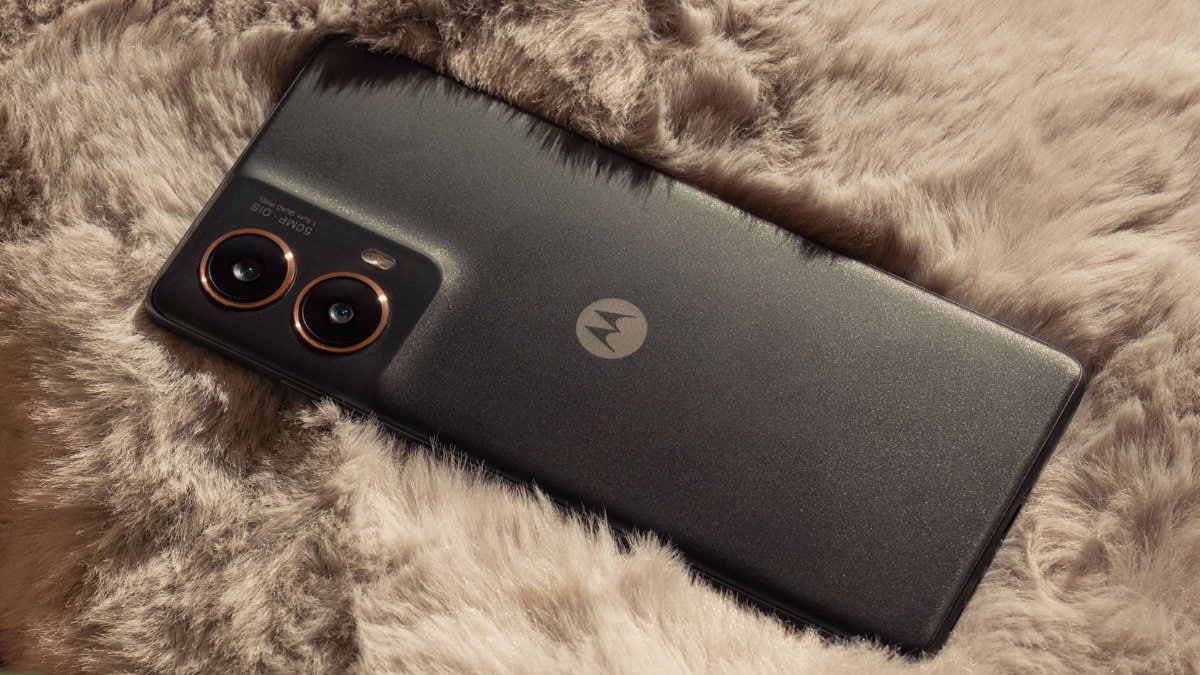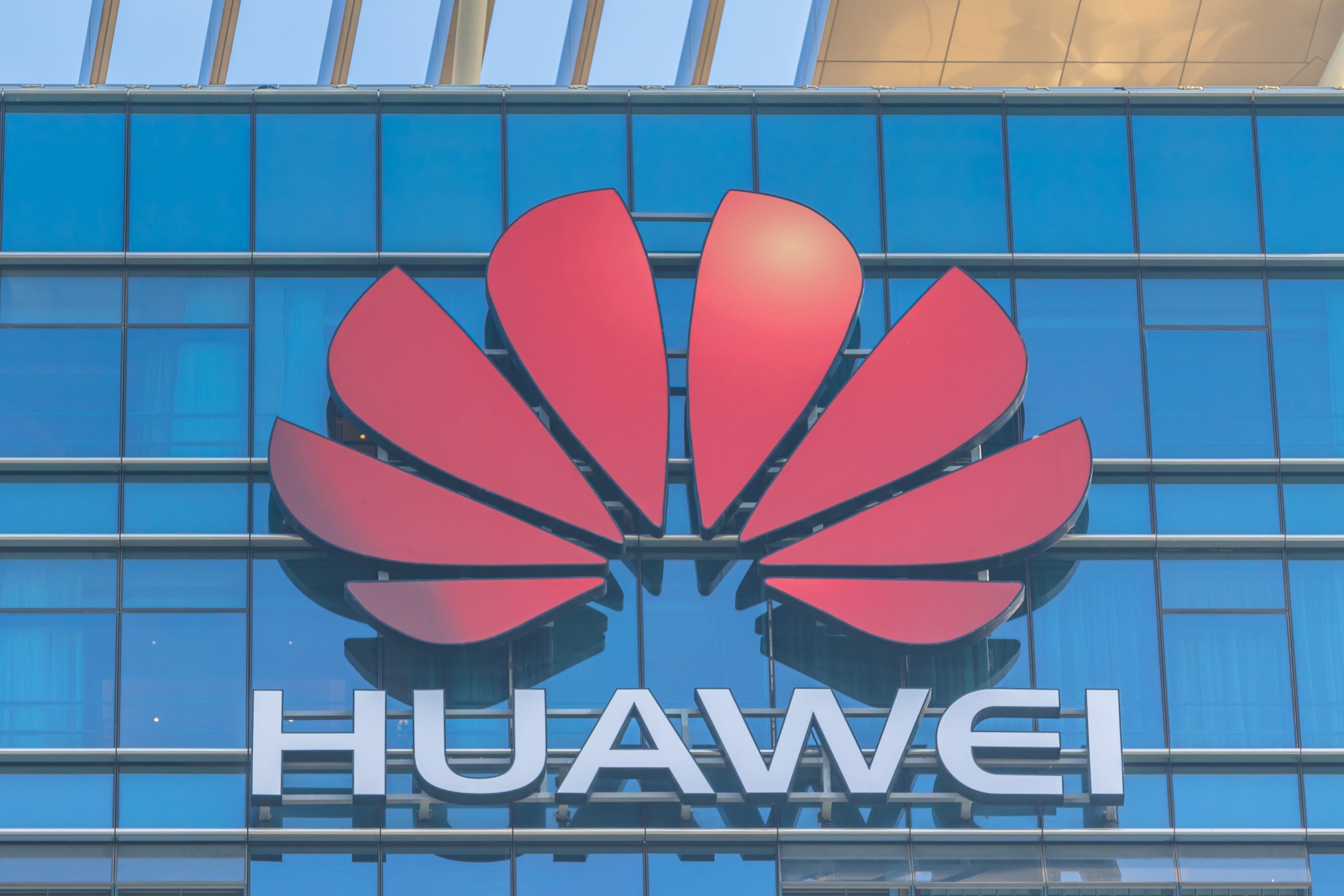Staring at a blank page, waiting for inspiration to strike? Or maybe you’re stuck on something less creative, like writing another project proposal or figuring out how to politely respond to a client’s vague feedback.
As a graphic designer, your job is about so much more than just designing. You’re a strategist, a communicator, and a project manager, all rolled into one. These “other” tasks can drain your creative energy and leave you with less time for what you actually love to do.
We’ve built this guide for you. Simply copy the prompt you need, replace the [placeholder] text with your own project details, and paste it into ChatGPT.
Think of these prompts as your personal creative assistant, ready to help you:
- Break through creative blocks with fresh, unexpected ideas.
- Handle tricky client conversations with professional, ready-to-use scripts.
- Speed through boring tasks like writing proposals and portfolio case studies.
- Clearly explain your design choices so clients understand and appreciate your vision.
Let’s get you back to designing, and let your new assistant handle some of the heavy lifting.
I. Project Scoping & Client Management
Before you even open Illustrator, you need to align with your client. These prompts help you ask the right questions, create solid proposals, and manage expectations.
- Crafting a Client Discovery Questionnaire:
Act as a project manager for a design agency. Generate a comprehensive brand discovery questionnaire for a new client in the[e.g., sustainable fashion, B2B SaaS, local coffee shop]industry. The questionnaire should cover their business goals, target audience, competitors, brand personality, and any specific design preferences or dislikes. - Writing a Professional Project Proposal:
Act as a freelance graphic designer. Write a project proposal for[Client Name]for a[e.g., complete brand identity design]project. The proposal should include:- Project Overview & Objectives
- Scope of Work (with deliverables like
[e.g., logo, color palette, typography guide]) - My Design Process & Timeline, Pricing & Payment Terms (
[e.g., 50% upfront]) - A section on next steps.
- Drafting a Client Update Email:
Draft a professional email to[Client Name]updating them on the progress of their[Project Name]project. Mention that the[e.g., initial logo concepts]milestone is complete. State that the next step is[e.g., their review and feedback]and let them know you’ve attached the[deliverable]for their review. - Responding to Vague Client Feedback:
Act as a patient and professional designer. My client gave me the following feedback on a design:[e.g., 'Can you make it pop more?', 'It doesn't feel right']. Draft a polite and constructive email response that helps the client provide more specific, actionable feedback. The email should include 3-5 targeted questions to clarify their thoughts.
II. Research & Strategy
Great design is built on a foundation of solid research. Use these prompts to analyze the market and develop a clear creative direction.
- Competitor Visual Analysis:
Act as a brand strategist. I’m designing for a[e.g., luxury skincare brand]. My main competitors are[Competitor 1],[Competitor 2], and[Competitor 3]. Analyze their visual identities (logos, colors, typography, style). Identify common themes and opportunities for my brand to differentiate itself visually. - Creating a Detailed Mood Board Direction:
Generate a detailed creative direction for a mood board. The project is a[e.g., website redesign]for a company in the[e.g., financial tech]sector. The brand personality is[e.g., trustworthy, modern, and accessible]. Describe the imagery, color theory, typography styles, and overall feeling the mood board should convey to the client. - Defining a Target Audience Persona:
Create a detailed user persona for a[e.g., mobile app for mindfulness]. The target user is[e.g., a busy professional, aged 25-40]. Include their goals, frustrations, motivations, and a short bio. This will help me make more user-centric design decisions.
III. Ideation & Concept Development
This is where the magic happens. Use these prompts to break through creative blocks and generate a wide range of ideas.
- In-Depth Logo Concept Generation:
Act as a senior brand designer. Generate 5 distinct logo concepts for a company called[Company Name].- Industry:
[e.g., artisanal bakery] - Target Audience:
[e.g., health-conscious families] - Core Brand Values:
[e.g., tradition, quality, community] - Desired Feeling:
[e.g., warm, rustic, trustworthy]
For each concept, describe the visual idea, the symbolism behind it, and the recommended logo style (e.g., abstract mark, wordmark, emblem).
- Industry:
- Generating Taglines and Slogans:
Brainstorm 10 taglines for[Company Name], a[e.g., subscription box for dog toys]. The brand voice is[e.g., playful, witty, and caring]. The taglines should be short, memorable, and communicate the core benefit of[e.g., monthly joy for your dog]. - Brainstorming Visual Metaphors:
I am designing a[e.g., poster for a cybersecurity conference]. The core theme is[e.g., 'Digital Fortresses']. Brainstorm 10 powerful visual metaphors or concepts that represent this theme without using cliché imagery like padlocks or shields.
IV. Design Execution & Asset Creation
Now it’s time to bring the concepts to life. These prompts help you refine the details and write compelling copy.
- Developing a Strategic Color Palette:
Act as a color theory expert. Create a color palette for a[e.g., mental health app]whose brand identity should feel[e.g., calming, supportive, and optimistic]. Provide:- A primary color, two secondary colors, and an accent color.
- HEX, RGB, and CMYK codes for each.
- A brief rationale for each color choice based on color psychology.
- An example of a light mode and dark mode combination, ensuring WCAG AA accessibility for text contrast.
- Creating a Professional Typography System:
Act as a typographer. Suggest a typography pairing for a[e.g., high-end real estate website]. The style should be[e.g., elegant, modern, and highly readable]. Recommend a font for headings (H1, H2) and a font for body text. Justify your choices and explain how they complement each other. Suggest a font scale (e.g., 16px body, 24px H2, 36px H1) and mention if they are available on Google Fonts or Adobe Fonts. - Brainstorming Layout Options:
Provide three different layout options for a[e.g., promotional flyer]. The key elements to include are:[e.g., logo, headline, one paragraph of text, image, and a call-to-action]. For each layout, briefly explain the visual hierarchy and how it guides the viewer’s eye effectively. - Writing Microcopy and UX Copy:
Act as a UX writer. I’m designing a sign-up form for[Product Name]. Write clear, concise, and encouraging microcopy for the following elements:- Headline for the form
- Placeholder text for ‘Email’ and ‘Password’ fields
- Text for the call-to-action button
- A small message below the button to reassure users about privacy.
- Generating Contextual Placeholder Text:
Generate two paragraphs of contextual placeholder text for a website layout. The section is about[e.g., the sustainable sourcing practices of a coffee company]. The tone should be[e.g., transparent and passionate]. Avoid generic lorem ipsum.
V. Presentation & Feedback
How you present your work is as important as the work itself.
- Structuring a Client Presentation Deck:
Outline a presentation deck to present[e.g., two logo concepts]to a client. The structure should guide the client through my strategic process. Include slides for:- Project Goal Recap
- Strategy & Research Summary
- Concept 1: The ‘Why’ behind it, Visuals, and Mockups
- Concept 2: The ‘Why’ behind it, Visuals, and Mockups
- Recommendation & Next Steps.
- Writing a Script for Your Presentation:
Write a short, compelling script for the ‘Concept 1’ section of my client presentation. The concept is named[Concept Name]and is based on the idea of[e.g., 'growth and connection']for a[e.g., co-working space brand]. Explain the logo’s symbolism and how the color and typography choices support the brand’s goals.
VI. Finalization & Handoff
Ensure a smooth and professional project wrap-up with clear, comprehensive deliverables.
- Creating a File Handoff Checklist:
Create a comprehensive checklist for preparing and delivering the final files for a[e.g., full brand identity]project. Include essential file formats for print and web (SVG, PNG, JPG, EPS), required color modes (CMYK, RGB), and a suggested folder structure for clarity (e.g., /Logo, /Brand Guidelines, /Fonts). - Generating a Basic Brand Style Guide:
Generate the content for a one-page brand style guide based on these final assets:- Logo:
[Describe the final logo] - Color Palette:
[Provide the final HEX codes and names] - Typography:
[Provide the final font names for Heading and Body]
Include brief sections on correct logo usage (e.g., clearspace), color hierarchy, and font hierarchy.
- Logo:
VII. Business & Self-Promotion
Your work isn’t done after the project is complete. Now you have to market yourself.
- Writing a Portfolio Case Study:
Act as a marketing copywriter. Write a portfolio case study for a[e.g., rebranding project]using the STAR method:- Situation:
[e.g., The client had an outdated look and wasn't attracting their target audience.] - Task:
[e.g., To create a new brand identity that felt modern yet authentic.] - Action:
[Describe the key steps you took in your process.] - Result:
[e.g., The rebrand led to a 30% increase in social media engagement.]
- Situation:
- Crafting Social Media Content:
Generate 3 social media post ideas (for Instagram/LinkedIn) to showcase my recently completed[e.g., website design project]. For each post, provide the caption copy, suggest a visual (e.g., carousel of mockups, before-and-after shot), and include relevant hashtags for graphic designers and[Client's Industry]. - Improving Your Professional Bio:
Rewrite my professional bio for my website/LinkedIn. I am a[e.g., Graphic Designer & Illustrator]specializing in[e.g., brand identity for tech startups]. I want to sound[e.g., professional, creative, and approachable]. Here is my current bio:[Paste your current bio here].
VIII. Bonus: Advanced & Technical Prompts
For when you need to get more technical.
- Generating SVG Code:
Generate the SVG code for a simple icon representing[e.g., 'secure connection']. The icon should be a[e.g., a shield with a checkmark inside]. Make the code clean, commented, and usecurrentColorfor the fill so it can be easily styled with CSS. - Creating Scripts for Design Software:
Act as an expert in Adobe Illustrator scripting. Write a simple JSX script that automates the following task: go through all selected objects and[e.g., resize them to 50% of their current size and change their fill color to #FF0000].












